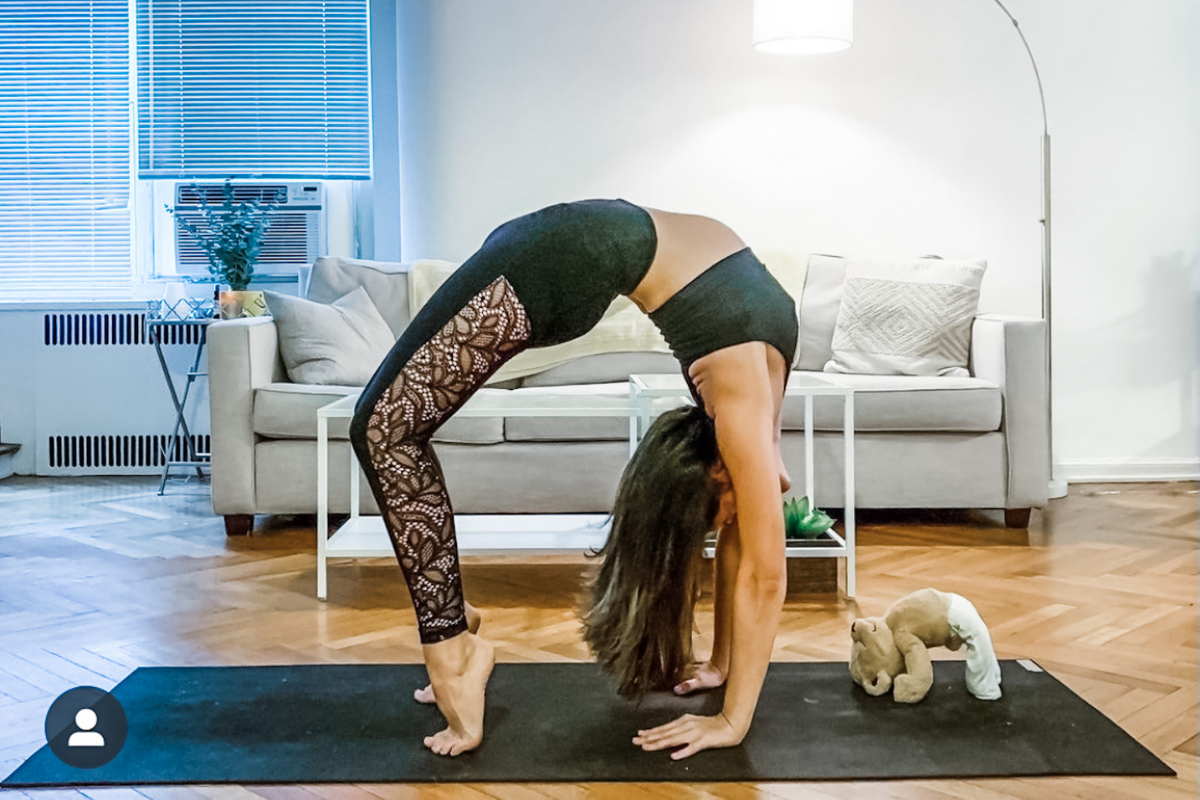Practicing Backbends Safely
Adding backbends into your yoga practice, mindfully, is a great way to improve and expand your overall well-being.
Backbends are yoga’s fountain of youth.
I love backbending because it fires up the nervous system, boosts your energy and generally just leaves you feeling alive and energized. Backbends improve your mood, self-esteem and have even been suggested as part of a treatment plan for depression and heart conditions.
Backbends also improve your posture! They are a great antidote to text neck, a widely experienced symptom of being glued to our phones and computers all day. (Consider also combating text neck by trying our Digital Diet, you’ll feel a lot more balanced and focused.)
When most people think about backbends, what they don’t realize is that in addition to flexing the spine, backbends are also front body stretches. They open up the shoulders, chest and even send more blood to the heart (which is what makes you feel so invigorated!)
With all of these benefits, we should all be practicing backbends regularly but they can feel scary and it’s important to practice them correctly and safely.
Below are some of my most useful bits of advice, practices and adjustments for back-bending without back-breaking.
To get started, make sure you warm up and hydrate your body first. For me this looks like drinking a huge glass of water with lemon and then moving around my home or dancing to some energizing music. Once you get on your mat, begin to move your spine around in every direction. Think fluid Cat Cow movements and gentle side stretches, just to introduce some movement into the front and back body. Also consider warming up your core, as it is crucial to keep it activated in order to backbend safely.
Lengthen up to open up - don’t hinge. A lot of people try to backbend and think that that point is to get as low or bendy as possible. But they end up hinging their body instead of opening up the chest and lengthening the spine, the main objectives of backbends. The point of backbends is not to hinge but actually to make space between the vertebrae and open up the spine. If you’re hinging, especially without a lot of back or core strength, then you don’t have the muscles to support that hinge and you can easily injure yourself.
Move breath by breath. Inhale to expand, making space in the body, then exhale to relax and deepen into the stretch. These cues can help you move into a stretch over an extended period of time, which is much more effective than trying to force yourself into the deepest expression of the pose right away. The more relaxed you are, the more flexible you become, so try to leave your ego out of it. This breath by breath approach is especially important during backbends, so keep it top of mind.
Begin with a solid foundation. Press firmly through your hands and/or legs and feet depending on the pose. Engage your legs and core strongly to support your back. Make sure you keep your neck long, and avoid crunching forward or backward.
Consider how you're bending. For example, in Upward Facing Dog or Cobra Pose, many people will try to lean back as much as they can, shifting their weight backwards, which ends up compressing the low and middle back. It also crunches the shoulders as the tension of trying to lean back so much draws the shoulders to the ears.
Try this: instead of leaning back and trying to make as deep of a bend as possible, think of lifting UP through the center of the chest. Imagine the spine is an accordion that you are trying to open. This visual helps my students avoid the hinging motion and enter backbends safely.Shoulders are very important in backbends. For example, Upward Facing Dog is a backbend and a shoulder opener, which many people don’t realize. I see students hunch their shoulders up towards their ears in order to get the back to bend further. Instead, widen across the collarbones and let the shoulders roll down the back, so that you end up with a really open chest. Once the chest feels open, then lift through the center of the body and lengthen the spine to achieve the accordion effect. Again, the ultimate goal is to create as much space in the spine and between the vertebrate as possible.
When practicing backbends do forget to pay attention to the chest and ribs. It’s much easier to focus on an opening feeling in the front ribs than in the back ribs, which are harder to isolate. When lifting through the chest and opening across the collarbones, you will feel the stretch mostly in the front. Center your awareness on opening through the chest and ribs and the back body will follow.
Try incorporating these tips into your practice, and enjoy the many benefits of backbends! For more specific guidance, please join us in our Community Studio where we have amazing teachers offering free/donation-based yoga almost every day of the week.
I hope to see you in class!
—
Did you find this back-bending advice helpful? Have more questions about practicing safely? Comment below to share your feedback or ask away - we’re here to listen and help!

